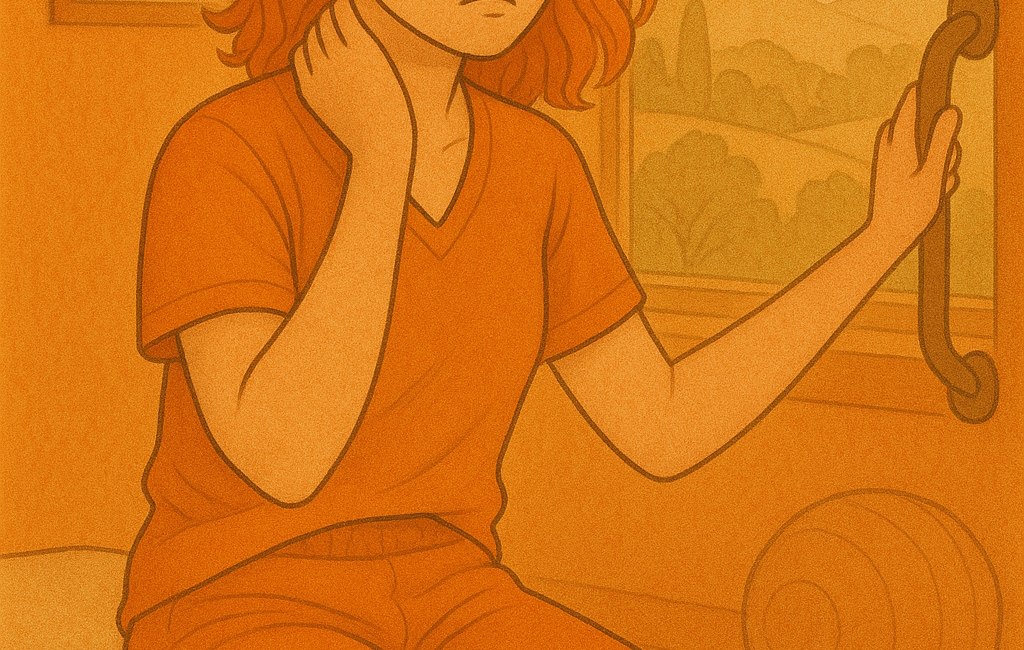After living with ataxia caused by cerebellar damage for 2 years, I’ve learned that recovery requires a comprehensive and multidisciplinary approach. Unfortunately, I’ve also seen common mistakes that delay or limit healing.
When I was first hospitalized, a physiotherapist came in maybe once or twice, showed me a few basic movements, and left. It was all rushed, and honestly, I didn’t benefit from it at all. That’s why I believe the hospital you go to matters, a lot. I wasn’t very lucky back then.
After being discharged, I worked with two different physiotherapists. They helped me get back on my feet and showed me some basics. But I noticed they rarely included aerobic exercises or strength training in my routine, even though I was clearly very weak. I continued like this for a while.
Later, I started working with another therapist, but their approach felt too one-dimensional. Yes, we did balance training, gait exercises, and hand coordination drills but it wasn’t enough. My progress was very slow, and deep down I knew: this method wasn’t right for me.
I also tried visiting different hospital physiotherapy departments. Again, there was no holistic approach. They made me do things like standing up and sitting down, but I was already capable of doing those. I needed to be challenged more because the brain learns through effort. The brain is like a muscle. If you don’t push it, it doesn’t grow. It’s naturally lazy.
Especially with ataxia, pushing the limits is essential. Unfortunately, for a long time, I was in rehab programs where I wasn’t being challenged enough and unsurprisingly, I didn’t make much progress.
Then, I found a hospital that offered robotic walking therapy. But in my opinion, this was completely useless for ataxia. If someone can already walk, using a robot to assist them seems counterintuitive. Robots may help stroke patients or those with complete paralysis but not people with coordination disorders.
Eventually, I met two amazing physiotherapists. I still work with them today. Their approach is truly holistic. They design exercises that target multiple systems at once: hand movements combined with speech, core stability with breathing, and even sun exposure. (Yes my therapist taught me the importance of sunlight too!)
I also receive functional medicine support. I take personalized supplements and combine them with intensive neuro-physiotherapy. This combination has made a huge difference. Over the past 5 months, I’ve made more progress than I did in the past 2 years. For instance: I hadn’t sneezed in 2 years—now I can, because my diaphragm is finally stronger. Before this, I had never done any diaphragm training. That’s just one example.
Eye muscles are also critical. Eyes are like mini balance centers, and in ataxia, where balance is impaired, they must be actively trained. In addition, vestibular training and proprioception work (like balance drills with eyes closed) should be incorporated.
Most importantly: therapy must be intensive. The brain doesn’t like to learn through comfort. It needs to be challenged, and only then will it truly rewire and adapt.
These are the lessons I’ve learned through experience and a lot of trial and error.
Please note: I had acquired ataxia. For other cerebellar ataxias, different approaches may be applied.
Common Mistakes in Ataxia Physical Therapy
Based on real-life experience:
❌ 1. No holistic thinking
Just “sit-stand” exercises while ignoring speech, bladder, balance, cognition and mental health.
❌ 2. One-size-fits-all approach
Everyone gets the same treatment plan, whether they’re bedridden or walking.
❌ 3. Ignoring the diaphragm and lungs
No one talks about breathing. Diaphragm weakness? Swallowing problems? Not addressed.
❌ 4. Weak? No strength training!
Even when you’re clearly weak, no one includes strength training.
❌ 5. Too easy, too safe
Therapy that doesn’t challenge the brain = wasted time.
❌ 6. Ignoring the eyes and vestibular system
Vision and balance are connected but no visual or vestibular training is done.
❌ 7. Skipping aerobic exercise
“Let’s just focus on balance and strength.”
Sorry, but no. That’s not enough. The brain needs oxygen to heal. The body needs endurance to move. The lungs need to expand to support speech, posture, and energy. When aerobic exercise is missing, you’re limiting neuroplasticity. You’re missing a huge opportunity to rebuild coordination, boost circulation, and improve brain function.
So what should be done?
🌱 Ideal Physical Therapy Plan for Ataxia Recovery
Based on lived experience + neurorehabilitation principles:
🔁 1. Assessment & Personalization (First Step)
- Thorough neurological evaluation (balance, coordination, strength, vision, respiratory, pelvic floor)
- Identify individual limitations and preserved abilities
- Tailor therapy to fatigue level, cognitive status, and emotional state
🧠 2. Neuroplasticity-Centered Exercises
The brain learns through intensity and challenge. Repetition alone is not enough.
- Cross-body movements (e.g., opposite arm/leg lifts, crawling patterns)
- Cerebellar-specific coordination drills (finger-to-nose, heel-to-shin, etc.)
- Dual-task training: Combine movement with speech, counting, or rhythm
- Mirror feedback to activate mirror neurons and improve motor awareness
🦵 3. Progressive Strength Training
Muscular weakness is common. Weakness = less mobility = less feedback to the brain.
- Full-body resistance training (arms, legs, core, chest)
- Use resistance bands, body weight, small weights
- Progressively increase intensity over time
- Include aerobic training for endurance and strength
🫁 4. Respiratory & Diaphragmatic Training
Often ignored but essential! A weak diaphragm impacts voice, cough, energy, and swallowing.
- Diaphragmatic breathing drills
- Blow-in-water exercises
- Cough training, phonation work
- Optional: Singing, vocal projection training
👁️ 5. Oculomotor & Visual Training
Eyes are mini balance organs. Training them helps posture, stability, and spatial awareness.
- Eye tracking, saccades, smooth pursuit drills
- Gaze fixation while moving head or body
- Integrate with hand-eye coordination drills
🚶 6. Balance, Gait & Core Stability
Ataxia = impaired coordination → must target postural control and walking patterns:
- Gait training (on ground, uneven surfaces, treadmill if safe)
- Static and dynamic balance work
- Core strengthening for trunk stability
- Proprioceptive training: exercises with eyes closed, foam pads, barefoot work
🧍 7. Vestibular & Proprioception Stimulation
Vital for spatial orientation and sensory feedback.
- Head movements with gaze stabilization
- Rotational chair drills, Bosu ball work
- Integrate with balance and vision drills
💧 8. Pelvic Floor & Autonomic System Support
Bladder dysfunction and internal regulation problems are real but often missed:
- Pelvic floor awareness & control training
- Breathing-pelvis coordination
- Address digestion, urination, and overall autonomic balance
☀️ 9. Lifestyle & Environmental Support
Healing doesn’t happen only in the clinic.
- Sunlight exposure (Vitamin D, circadian regulation)
- Outdoor walks, nature therapy
- Functional medicine (supplements, gut support)
- Emotional and cognitive support (mindfulness, journaling, CBT if needed)
🔁 10. Frequency & Intensity of Therapy
Brain prefers challenge not comfort.
- Ideally: 5–6 days/week, minimum 1–2 hours/day (that’s what I do for 2 years)
- Include both structured clinic sessions + at-home practices
- Monitor fatigue but prioritize consistency and progression
The brain doesn’t grow through comfort. It grows through challenge. If therapy feels “too easy,” it probably is.
As I said before, everyone is different and approaches may differ.
Have you experienced the same mistake in rehab?
Share your story in the comments, you’re not alone. 💕





Comments